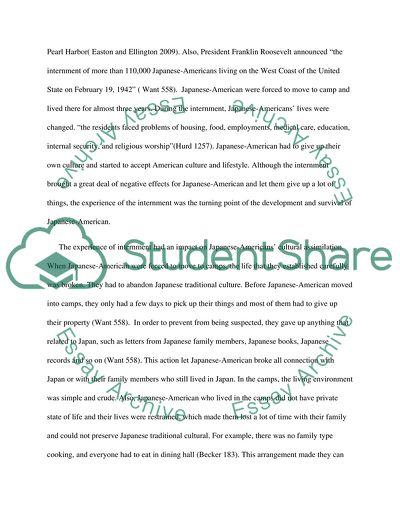Cite this document
(“The Internment of and Assimilation of Japanese-American Research Paper”, n.d.)
Retrieved from https://studentshare.org/social-science/1701981-the-internment-of-and-assimilation-of-japanese-american
Retrieved from https://studentshare.org/social-science/1701981-the-internment-of-and-assimilation-of-japanese-american
(The Internment of and Assimilation of Japanese-American Research Paper)
https://studentshare.org/social-science/1701981-the-internment-of-and-assimilation-of-japanese-american.
https://studentshare.org/social-science/1701981-the-internment-of-and-assimilation-of-japanese-american.
“The Internment of and Assimilation of Japanese-American Research Paper”, n.d. https://studentshare.org/social-science/1701981-the-internment-of-and-assimilation-of-japanese-american.


